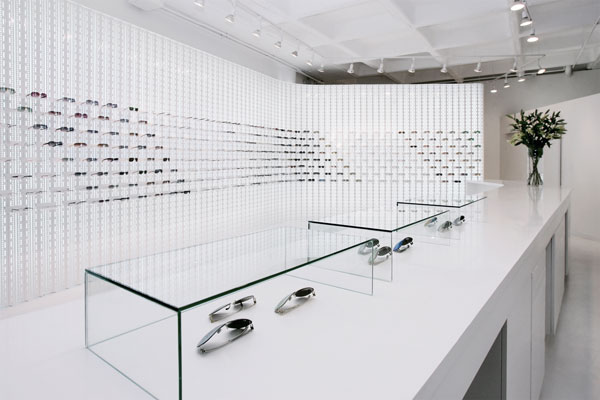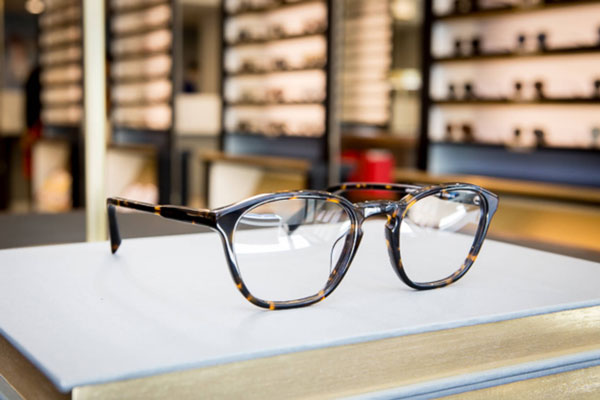The key categories that are currently letting the market move and how industry players can use this information to make better business decisions during this challenging economic moment: GfK
How will the VAT affect consumer spending?
In the past year everybody, from newspaper to social media, was talking about VAT with questions remaining about how the VAT introduction will influence the consumer’s behavior. While the Optical industry is likely to benefit from exemptions to be applied to healthcare goods, our consumers will still be impacted in a number of other areas of their lives. GfK is now running a study to measure how consumer behavior is changing pre and post VAT introduction.
What is the future for Online?
From a recent universe census conducted by GfK, there are more than 20 e-commerce websites selling contact lenses in the United Arab Emirates. Ludovica explains: “We see a constant year on year grow coming from the online arena across all markets recorded. For instance, across leading European markets we are seeing the online channel account for as much as 17 percent spend on contact lenses. Closure to home it is interesting to see that, in the Middle East, there is the concept of online payments done through cash on delivery; for some sectors, this is accounting for up to 80 percent of sales.”

Do you have any insights on Eyewear?
Retailers need to have the right assortment as the market is highly fragmented. While consumers sales markets traditionally follow to 80/20 rule (80 percent of value from 20 percent of products; for eyewear/ sunglasses/frames thirty percent of the models present in the shop are contributing 80% of the business. Sunglasses and Spectacle Frames demand is slowing down compared to previous years, so is important to focus on key features where the demand is still there. Models with plastic frames generate the majority of the revenue, but demand is increasing for the combination of plastic and metal combined with a rounded shape.
Majority of Sunglasses revenue comes from Premium and Luxury models sold above 200 USD but the demand slowdown compared to previous years. What we call Fashion sunglasses – those models sold between 100 USD and 200 USD – are gaining share over the other price classes. This can be due to different product mix and several promotions available in store like buy-one-get-one-free and price discount.
Which are the key contact lenses features to look at in this challenging market?
In auditing contact lenses business within consumer’s transactions, GfK recorded a constant growth in the percentage of beauty contact lenses. “When comparing the Middle East with Europe, we can see two completely different figures: beauty contact lenses in Europe are contributing less than 2 percent, while in the Middle East is between 45 percent to 55 percent, depending on the country. This beauty category experiences a peak in demand during Ramadan, when there are a higher number of events and gatherings, and women are likely to be wearing beauty contact lenses in order to dress up for this special occasion.” Demand is also there for beauty contact lenses with RX (powered contact lenses), where the demand is strong especially in Saudi Arabia.
Which are the other variances between European and Middle Eastern contact lenses markets?
The demand of contact lenses in Europe is focused towards Spherical with a growth of Multifocal due to the high percentage of people aged above 65 years old. In the Middle East, the majority of the business comes from Beauty contact lenses and Spherical. GfK’s data also shows that, during the economic slowdown, the demand of contact lenses is less affected than other Technical Consumer Goods markets, because consumers see contact lenses as essential goods for their eye health.
Summary
The research confirmed that MENA can look to Europe as the introductory market for Sunglasses and Frames fashion trends. Sales of sunglasses made by a combination of metal/plastic are increasing and the top-selling models now have a rounded shape.
GfK has also highlighted the differences between category mix available in optician store in Europe and Middle East showing higher percentage of revenue coming from sunglasses.
GfK continues its efforts to help its clients drive business in the optics segment by delivering insights based on key performance indicators.












